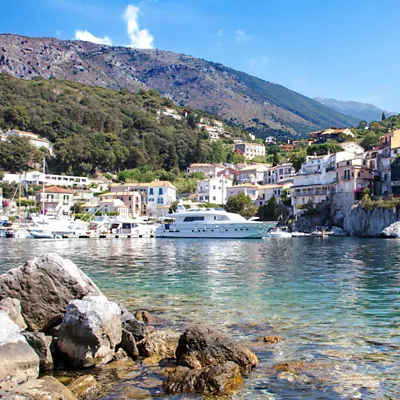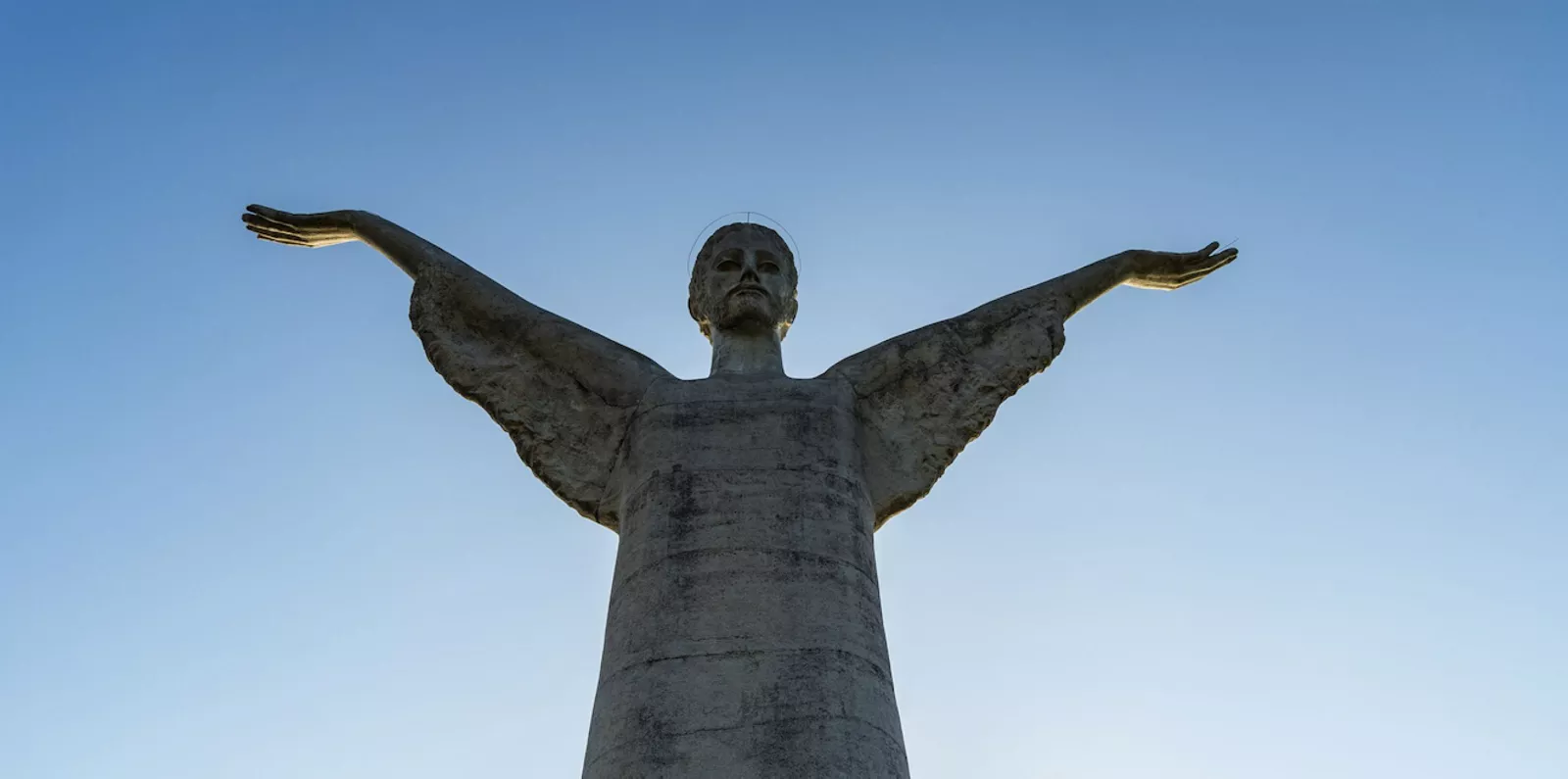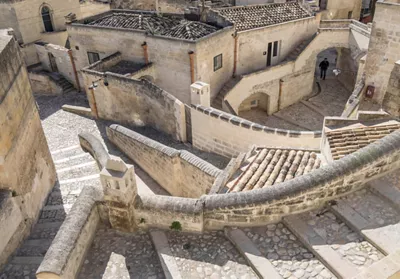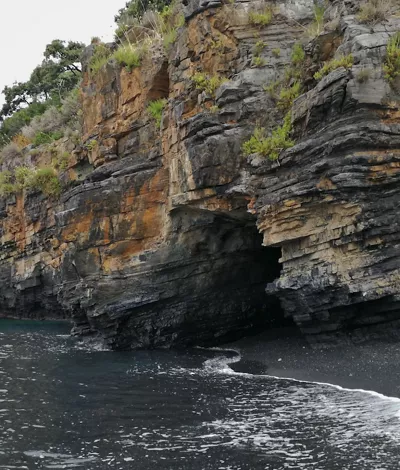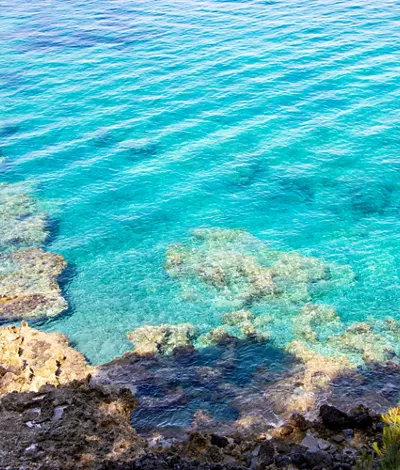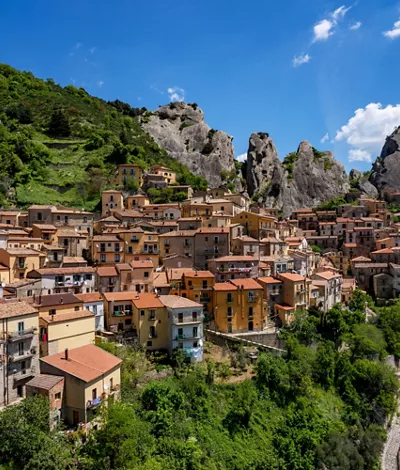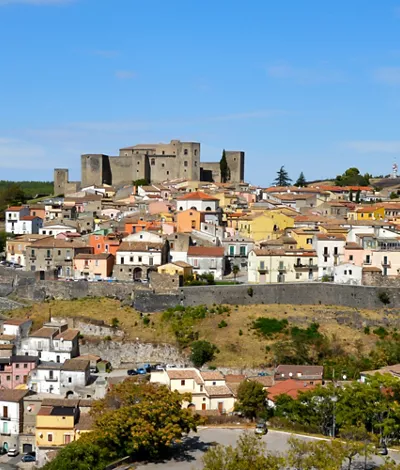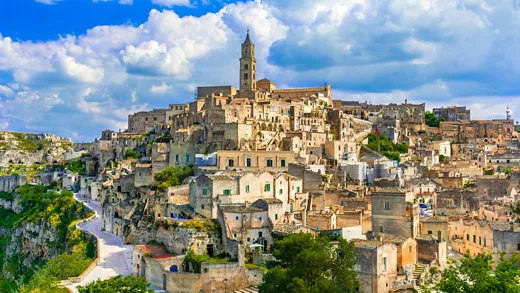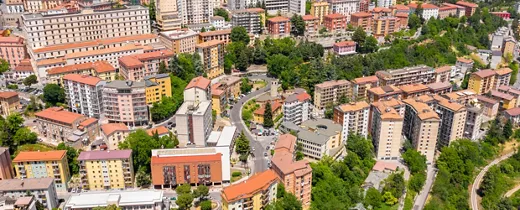Cala Jannita
Cala Jannita: black sand and a Blue Flag
Framed by rocks and jagged cliffs, emerges a long black beach: Cala Jannita, where the black sand creates a spectacular contrast to the clear waters. This stretch of Basilicata coastline overlooks the Tyrrhenian Sea.
The emblematic beach of Maratea has been awarded the prestigious Blue Flag several times by the Foundation for Environmental Education.
Dark tones
We are north of Punta della Matrella, in the locality of San Giuseppe, close to the Marina di Maratea hamlet. Along the coast of Cali di Jannita the sand is very dark, composed of a mixture of tiny pebbles, just as sombre as the rock walls that surround it.
In fact, it is known as the Black Beach, as indicated on most of the road signs.
The dark tones emphasize the crystalline blue sea water, its transparency broken up by green patches of mediterranean vegetation, makes for an extraordinary scene. The Black Beach is kitted out with all the comforts offered by beach bathing establishments, so you can enjoy a relaxing day comfortably lying on a sun lounger. To reach Cala Jannita you take a nice pathway surrounded by dense vegetation, which ends with a staircase to the beach.
The haunted cave
Adjacent to Cala Jannita is the Grotta della Sciabella, named after a well known local legend. As the story goes, Sciabella, or Isabella, was a woman who entertained her secret lover there, but when her husband found out, he didn’t hesitate to push her through the hole in the ceiling, and she fell to her death. There is a hidden beach inside the cave.
Towards the south is Turtle Cave, named after the animal due to its similar shape. A fun way to explore the series of caves around Cala Jannita is by canoe, which you can rent at the lido. Boat and Kayak trips are also offered on site.
Secrets of the abyss
Off the Cala Jannita coast is the Santo Janni islet, so called due to the chapel dedicated to San Giovanni on it. Santo Janni, together with the even smaller island La Matrella and surrounding rocks, constitutes the archipelago of the Maratea islands. The seabed around the islet hides treasures linked to the history of the region. Many of the finds taken from the sea are displayed in the Museum of Underwater Archeology located in the Palazzo De Lieto, in Maratea.
Unspoiled nature
To the north of Cala Jannita is the Illicini National Park, a beautifully unspoiled piece of nature that flows into the sea. This territory, which includes a magnificent bay, boasts luxurious Mediterranean vegetation. From blueberries, mastic, pine and holm oak trees, ilex in latin, which are what make the place special.
Within the park you’ll find the Illicini beach, an enchanting lido, of sand and pebbles enclosed in a surround of lush greenery. You can even admire the Santo Janni islet from here. The seabed is low at this point, and the surrounding cliffs form a barrier, creating a beautiful natural rock pool.
A divine coastline
The entire stretch of the Maratea coast will surprise you with its diverse scenery.
32 kilometres of wild beautiful scenery. Maratea has earned many flattering names over the centuries, from the “pearl of the Tyrrhenian” to "goddess of the sea”, as the Ancient Greeks nicknamed it. It is a succession of steep rocky walls, overhanging headlands, sandy shores, gravel beaches, small charming coves, some accessible only by sea.
Further inland, moving away from the sea which nevertheless is still visible from above, you can climb towards Monte San Biagio, dominated by the famous Statue of the Redeemer. You'll find yourself surrounded by gorse, cornflowers, orchids and primroses.
The Historic Village
Maratea is well worth visiting. It is the only village in the Basilicata to overlook the Tyrrhenian Sea from the cliff head where it's perched. It's lovely to go into the historic town centre, of medieval structure, and get lost enjoying the ups and downs of the narrow alleys, stairways and streets paved in ancient stone. Also of interest might be the 44 churches, the most important being the church of Santa Maggiore and the dell’Annunziata church. Don’t forget to view the wide open panorama of the coast from the Pietra del Sole view point. The bustling Piazza Buraglia, the heart of the village, is a perfect spot for a wonderful cup of coffee, bite to eat or drink in the golden hours of sunset.
